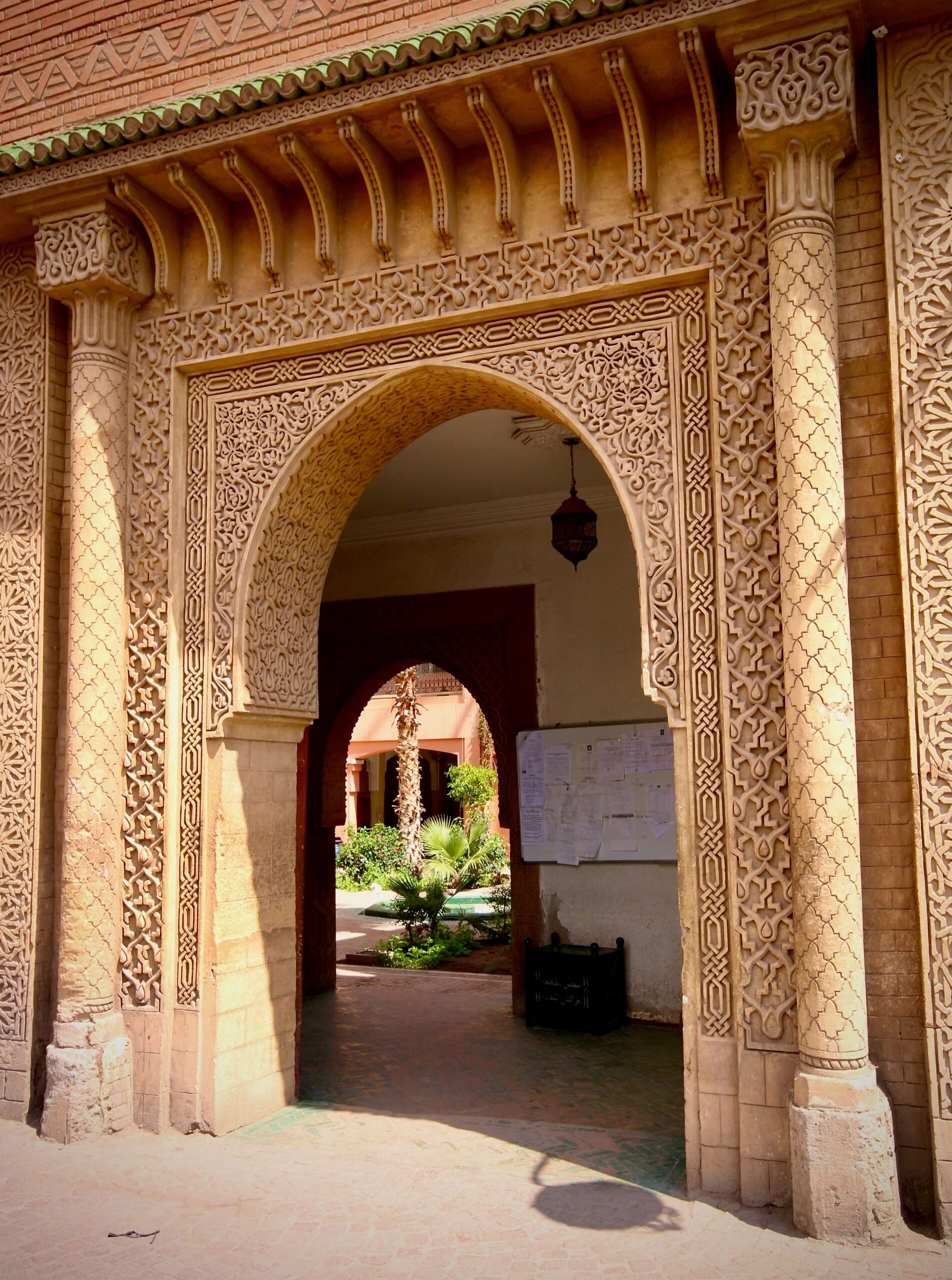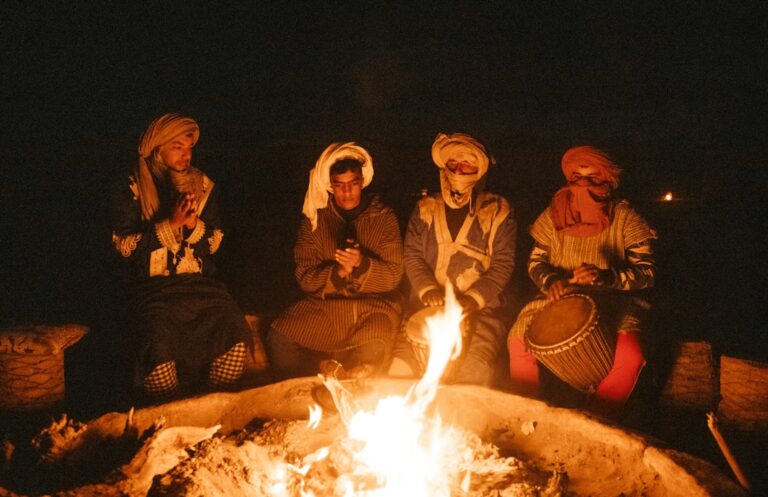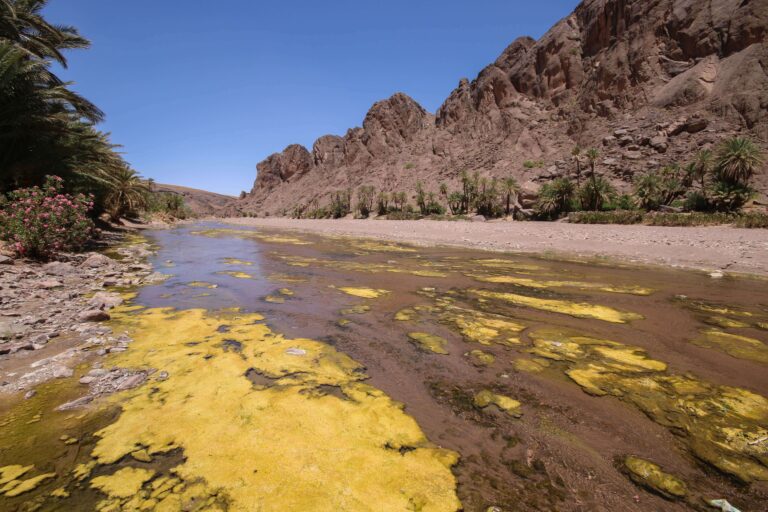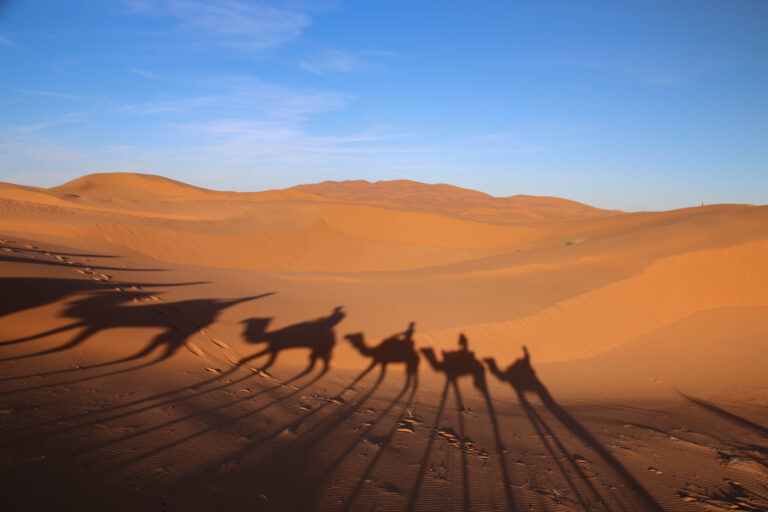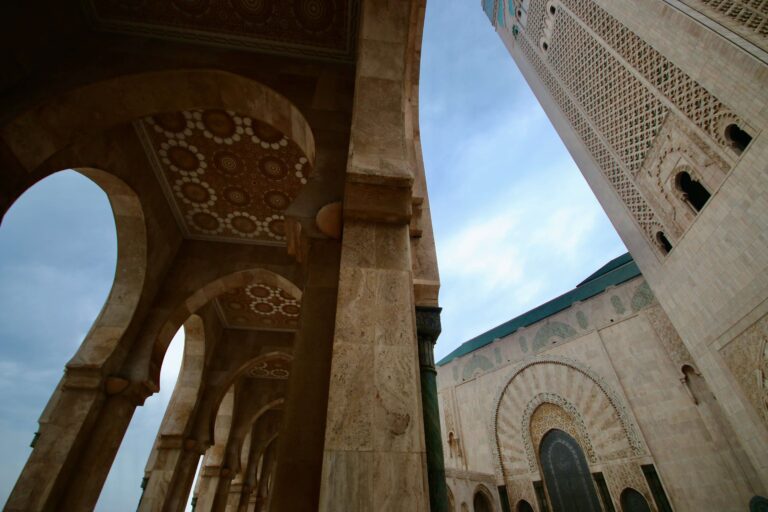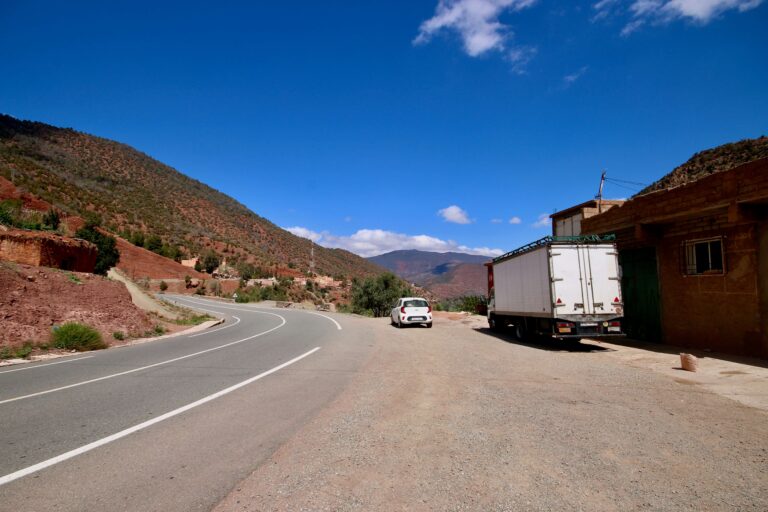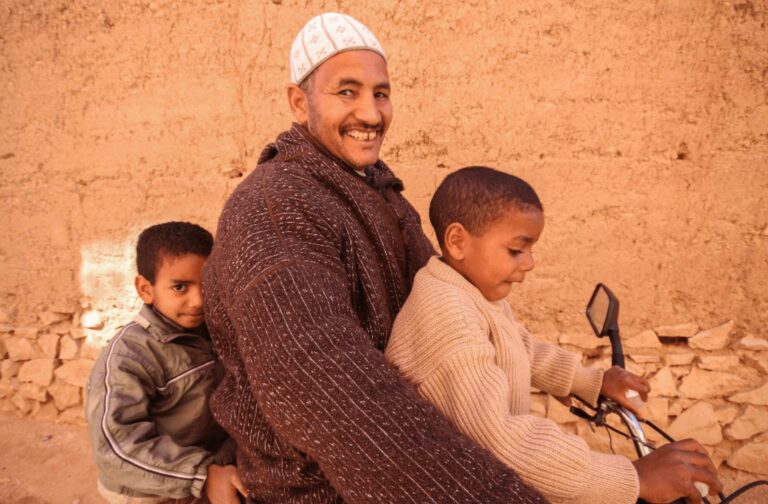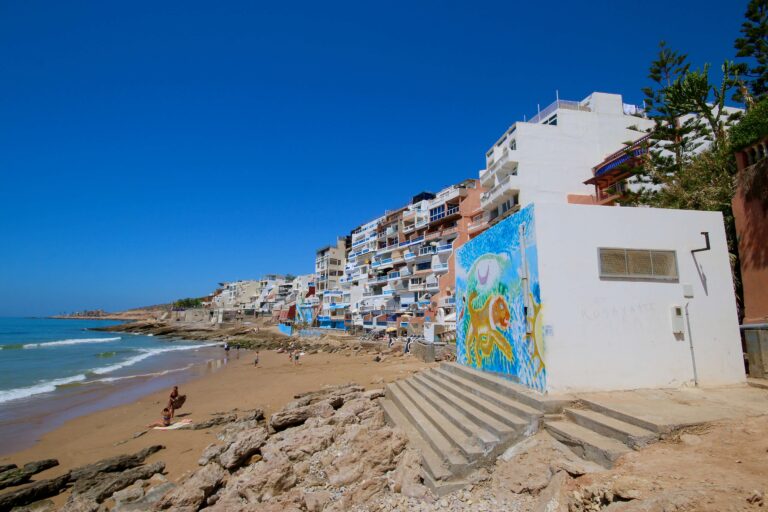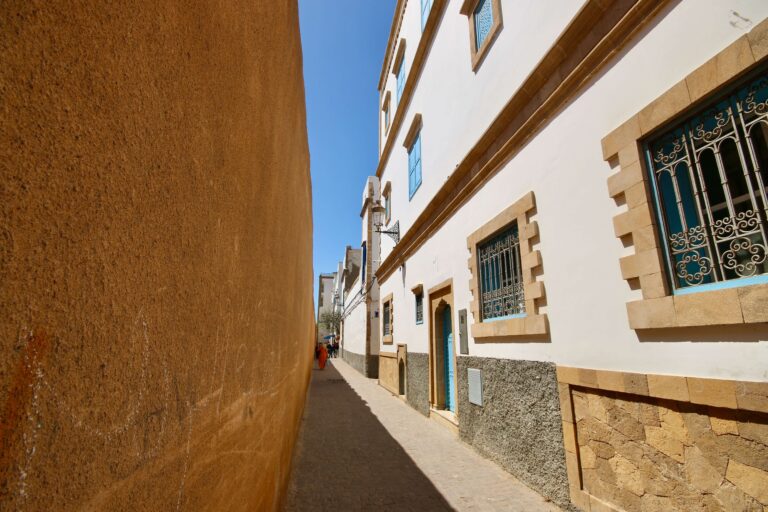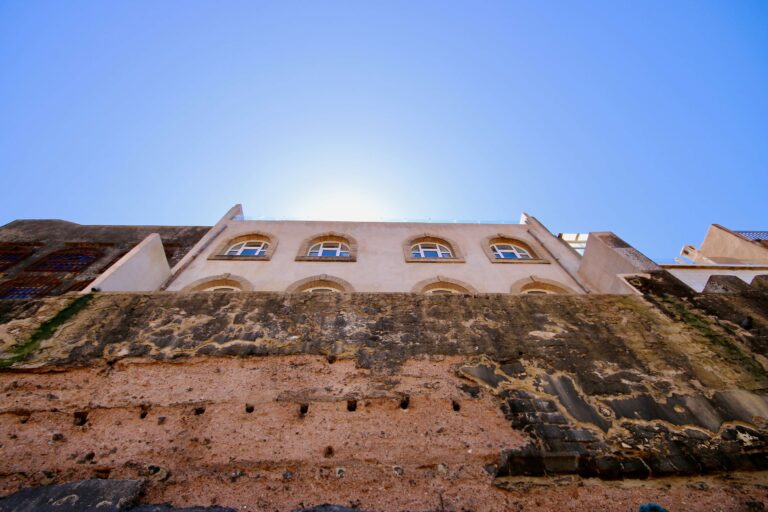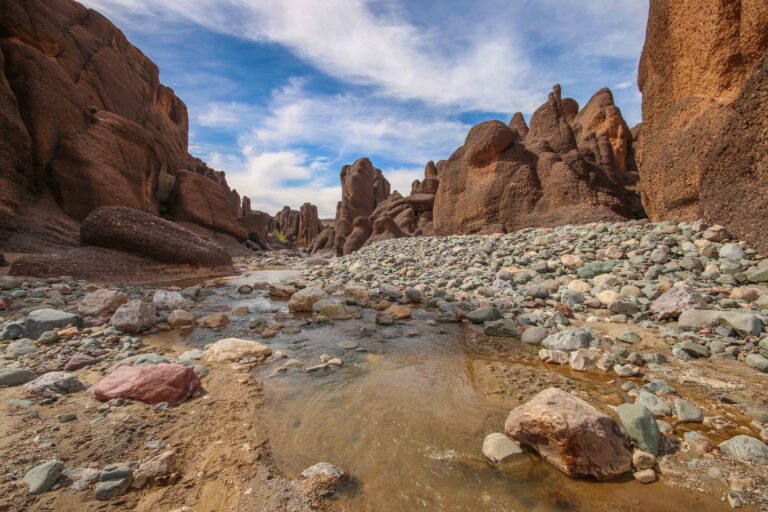Celebrating Yennayer with Morocco’s Amazigh People
The Amazigh New Year, known as “Yennayer”, is a significant cultural festivity that marks the beginning of the agricultural season. Celebrated annually on January 12th or 13th, it marks the first day of the Amazigh calendar.
The word “Yennayer” is believed to be composed of two Amazigh words: “yan” (“the number one”) and “ayyur”, which means “month”.
The agricultural symbolism of the holiday underscores the central role that farming and the natural world play in Amazigh culture and identity. As families and friends gather to mark this special occasion, they reaffirm their ties to one another and to their ancestral land.
Yennayer is a moment to pass down customs to new generations and gather for elaborate feasts.
In this article, I’ll share insights into what makes Yennayer unique and how to experience it while visiting Morocco.
For more insight into the history of the Amazigh people, check out my detailed article here.
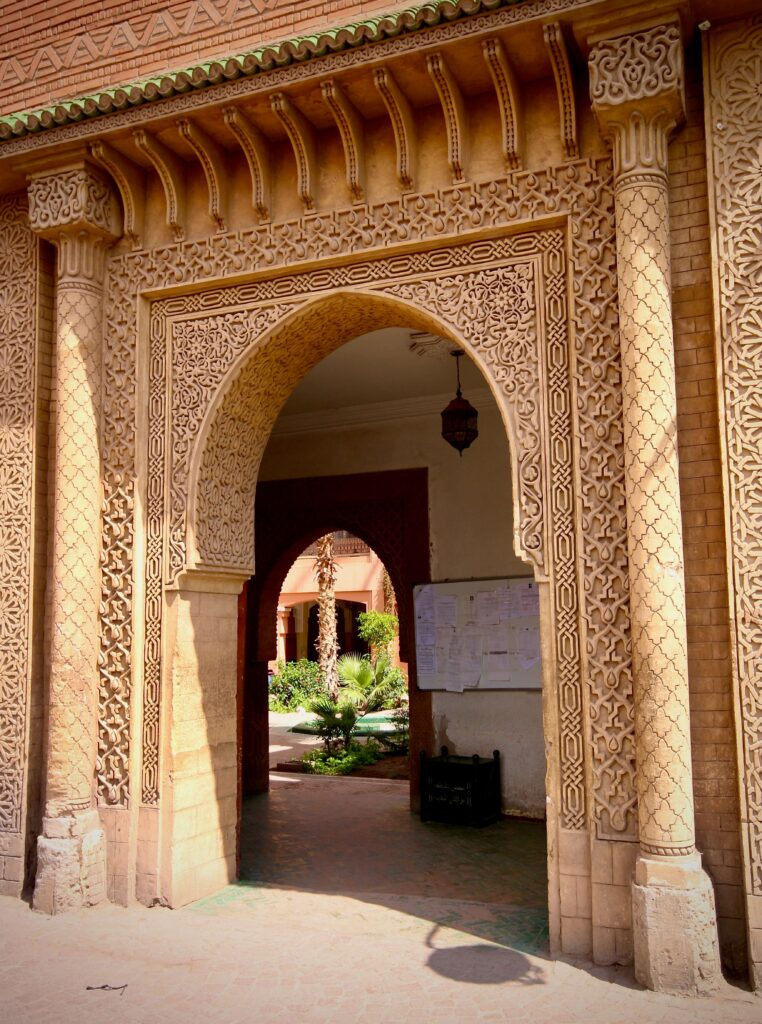
Who are the Amazigh people?
As North Africa’s original inhabitants, the Amazigh people have a rich history and culture that stretches back millennia. Also known as “free people”, the Amazigh have inhabited the region since the earliest days of recorded history.
Today, the countries of Morocco and Algeria are home to the largest Amazigh populations. In my opinion, experiencing their culture is a highlight of any visit.
Since my husband’s family is Amazigh, I’ve had the opportunity to enjoy numerous meals and traditions that are deeply rooted in their culture. Although I know there’s still so much more for me to learn and discover!
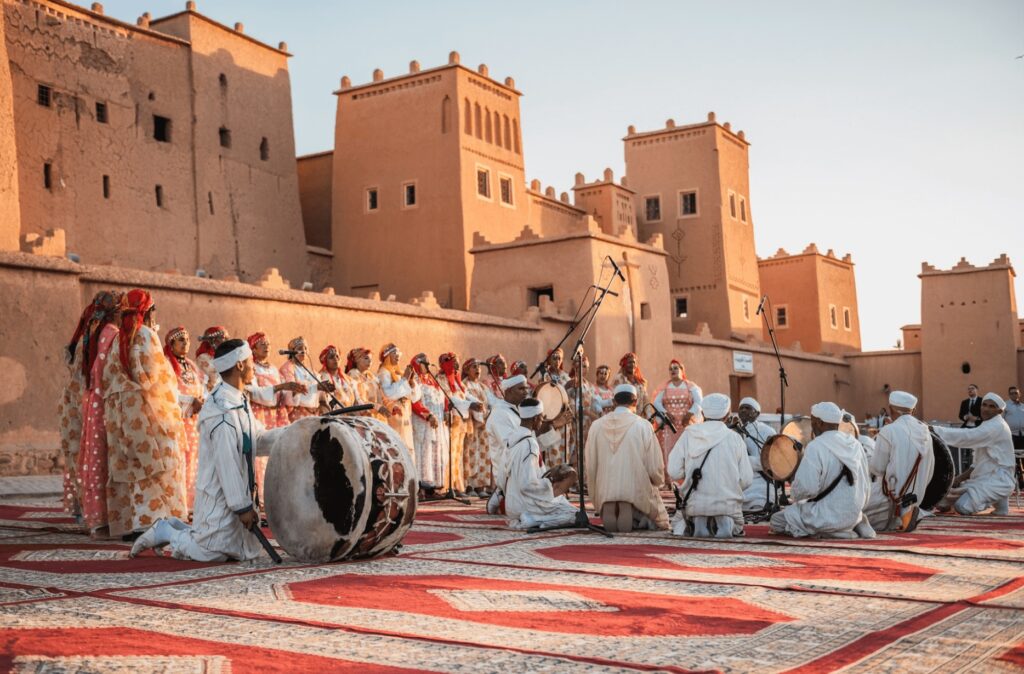
What is the Amazigh calendar?
The Amazigh calendar is a unique timekeeping system created in 1980 by Ammar Negadi, an Algerian scholar based in Paris. After researching the history of the Amazigh people, Negadi selected the year 943 BC. He rounded this off to 950 BC (for simplicity) as the inaugural year of the Amazigh calendar.
This year marked the ascension of Shoshenq I (of the Meshwesh tribe) to the throne of Egypt, symbolising a pivotal moment in Amazigh history.
Today, Yennayer is celebrated on January 12th or 13th, depending on the specific cultural association and region. This date is widely observed across Algeria, Morocco, Libya and even in the distant Canary Islands, where Amazigh heritage has left its mark. In 2025, the arrival of Yennayer marked the start of the year 2975!
Algerian President Abdelaziz Bouteflika officially recognised Yennayer as a public holiday in 2017, to be celebrated annually on January 12th. In 2023, King Mohammed VI of Morocco followed suit, declaring the Amazigh New Year as a national public holiday in Morocco.
These recognitions have been seen by many as an important step in recognising the Amazigh people and their cultural ties to the region.
Want to discover more of Morocco’s best cultural celebrations? Check out my detailed article here.
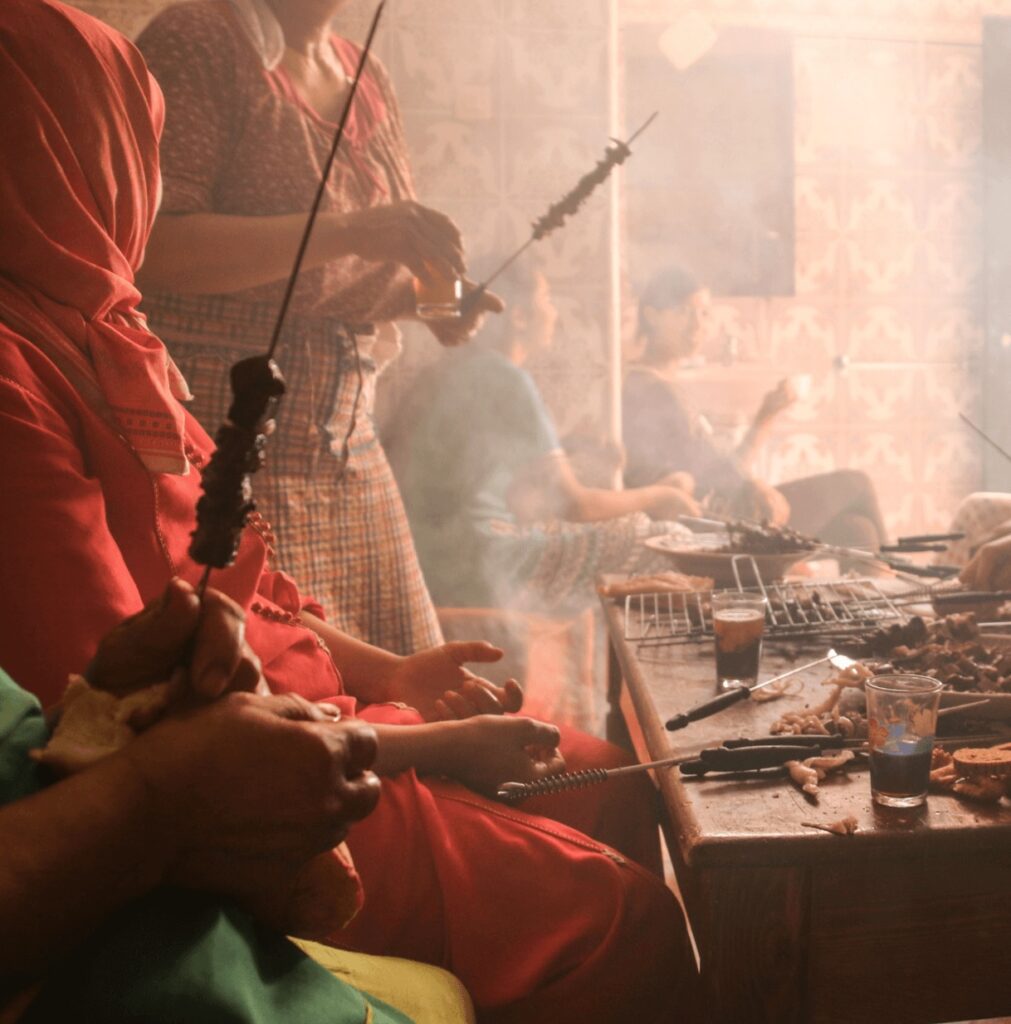
How to experience Yennayer in Morocco
Across Morocco, Yennayer is celebrated with parades, musical and dance performances, particularly in big cities like Casablanca and Agadir. The latter has a particularly large Amazigh population.
In previous years, the Mohammed El Mnouni Cultural Center in Meknes has hosted folk performances. Meanwhile, Casablanca’s Place Rachidi has served as the backdrop for a multi-day Amazigh handicraft fair.
To mark the occasion, most Amazigh families will prepare a celebratory Yennayer meal, featuring dishes that have traditionally reflected the harvest and seasonal produce. According to custom, one must depart the table with a full belly, inviting a year of plenty.
If you’re invited to share in the Yennayer celebrations with an Amazigh family, I guarantee you won’t leave hungry!
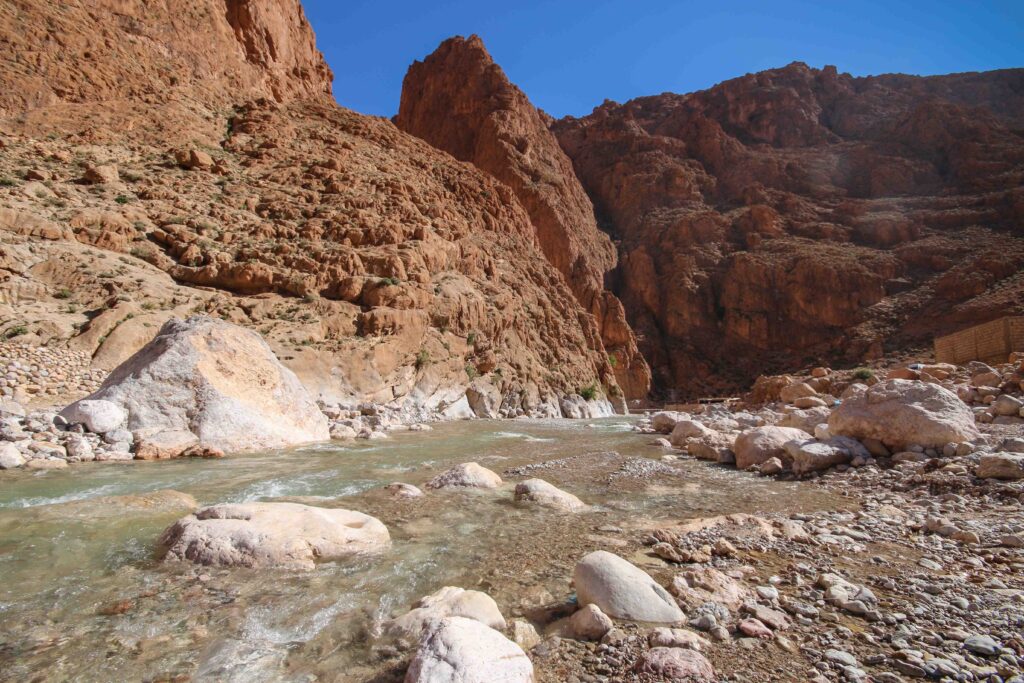
Popular Yennayer dishes
While Yennayer festivities span the breadth of North Africa and the far-flung Amazigh diaspora, the evening feast is a unifying element. Even if the specific dishes may vary.
In the Atlas Mountains, families usually prepare ourkemen, a hearty medley of dried pulses married with grains, onions and spices.
Another popular Yennayer dish is tagoula, a porridge made from boiling barley or corn grits until tender and creamy. The cooked grains are then enriched with a generous drizzle of melted smen, a type of clarified butter similar to ghee, along with a stream of olive or argan oil. A spoonful of honey is swirled in, adding a touch of sweetness to balance the savoury flavours.
But tagoula is more than just a simple porridge. Hidden within the bottom of each bowl is a single date pit, known as amnaz, which translates to “lucky”. The person who discovers this special pit is said to have good luck for the coming year.
In other parts of Morocco, this “treasure” is hidden in a mound of couscous layered with hard-boiled eggs and cinnamon.
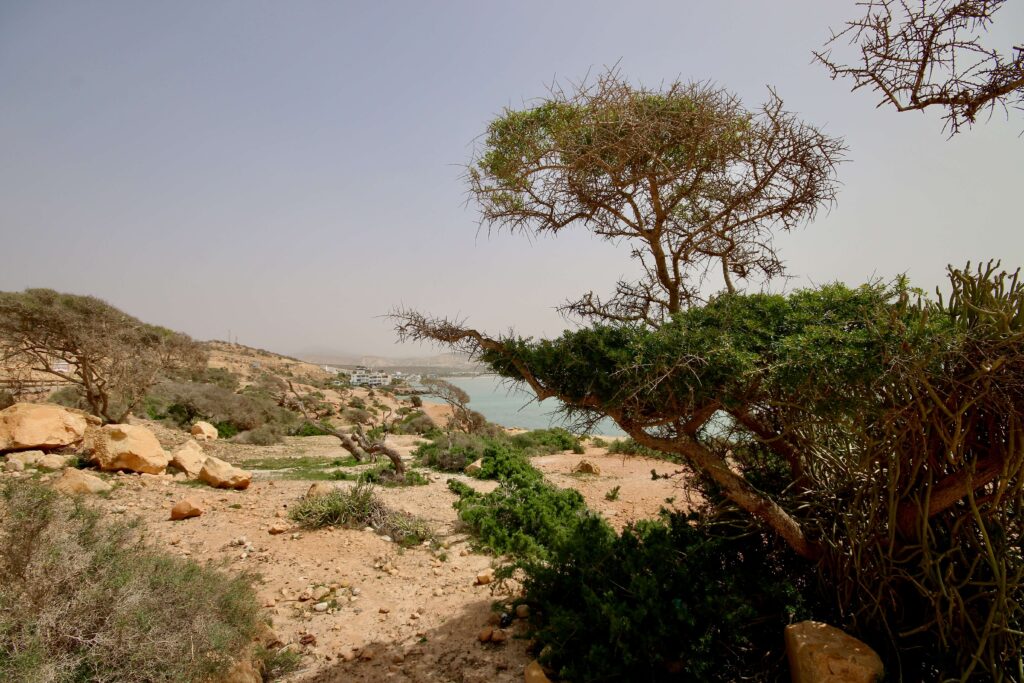
Because Yennayer traditions differ across Morocco, I’d recommend asking at your hotel or guesthouse about local events. You may be lucky enough to be invited into an Amazigh home for the evening feast or even get hands-on while preparing some of the traditional dishes.
In my experience, Moroccans love the opportunity to share their culture with others (particularly through food). And trust me, the hospitality you will experience in Amazigh homes is second to none.

PLAN YOUR TRIP WITH MY FAVOURITE RESOURCES:
Find hotels via Booking
Book tours and attractions via Viator or GetYourGuide
Find a rental car via Discover Cars
Book flights via Kiwi or Booking
Search for buses and trains via 12Go or Omio
Get travel insurance via SafetyWing
Buy a digital eSIM with Airalo
By purchasing through my links, you’ll be supporting my website at no additional cost to you
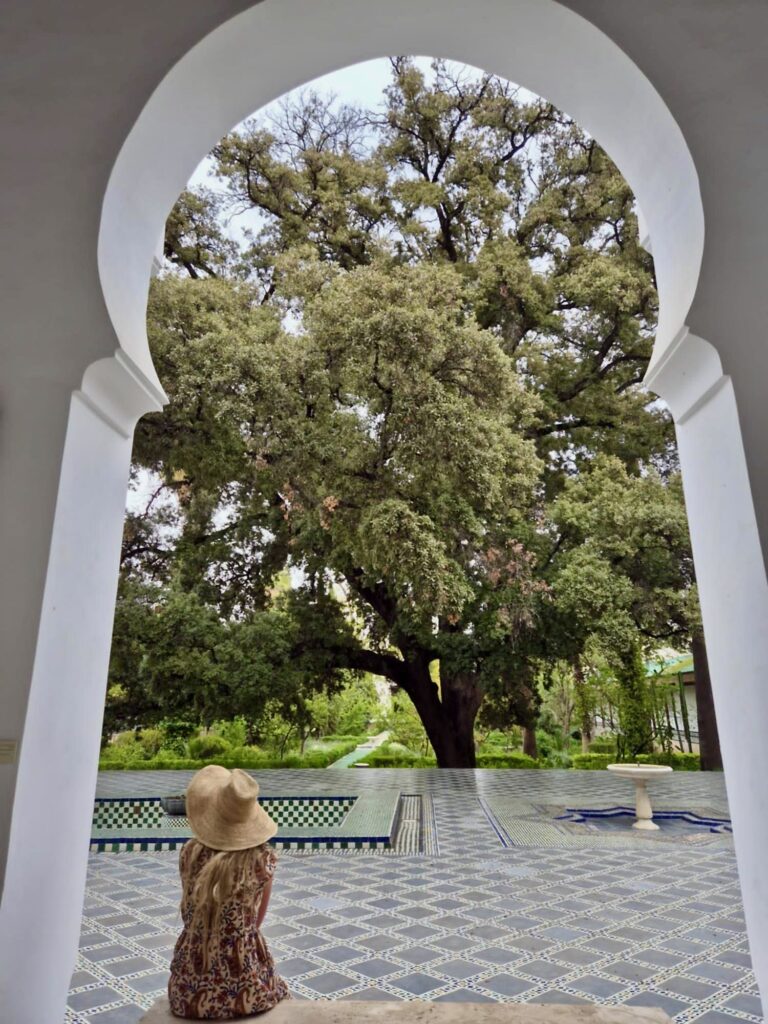
About Me
I’m Malika, a global traveller who first visited Morocco in 2014 before marrying a local and settling down in a little village on the Atlantic coast. Over the years, I’ve developed an intense love for Morocco, its incredible landscapes, storied cities and the exceptionally generous hospitality of its people.
Malika in Morocco is a place to share my years of experience exploring the country, from north to south and from the Atlantic Ocean to the Sahara Desert. As a resource for travellers visiting Morocco, I want to encourage others to experience this captivating destination the way they desire, whether that’s independently or under the expert guidance of local tour operators.
I believe strongly in supporting responsible and sustainable tourism initiatives while inspiring travel experiences that are life-impacting and mutually beneficial for both travellers and locals.
-
Meet the indigenous Amazigh people of Morocco
Often referred to as “Berbers”, the Amazigh people of Morocco are a diverse collection of ethnic groups Indigenous to North Africa. While they are concentrated primarily in the Maghreb region (Algeria, Libya, Mauritania, Tunisia and Morocco), they can also be found in northern Mali and northern Niger. Predating the arrival of Arabs in the region,…
-
Should I Get Travel Insurance For Morocco? Everything to Know
Whether you’re travelling to Morocco on a one-off trip or living a semi-nomadic lifestyle in the country, travel insurance should be a top priority before you head off. I’m someone who never travels abroad without travel insurance. It was drummed into me by my parents when I was young that it just wasn’t worth the risk. After…
-
Visiting Morocco’s Sahara Desert: Everything You Need to Know
Planning on visiting Morocco’s Sahara Desert? Discover everything you need to know to plan an incredible visit, from the best tours and self-drive itineraries to highly-rated desert camps. One of the most transformative experiences I’ve had in Morocco was spending a night under the star-studded sky of the Sahara Desert. Not only did I feel…
-
Renting a Car in Casablanca: Everything You Need to Know
Thinking about renting a car in Casablanca? Discover everything you need to know, from road conditions to safety issues and car hire costs in Morocco. Casablanca is Morocco’s main aviation gateway and the first port of call for many international travellers. So it makes sense that it’s also one of the best places to rent a car…
-
Renting a Car in Marrakech: Everything You Need to Know
Renting a car in Marrakech is a fantastic way to explore southern Morocco on your own terms. This is particularly ture if you want to visit the Sahara Desert, follow the Route of 1000 Kasbahs or venture into the spectacular gorges of Dades and Todra. While the train and bus networks in Morocco cover a…
-
Everything You Need to Know About Driving in Morocco
Planning a road trip in Morocco? Read on to discover everything you need to know about driving in Morocco, from road conditions to safety issues and renting a car. With its mix of bustling cities and vast open landscapes, Morocco offers a wide array of experiences behind the wheel. It’s an incredible destination for a…
